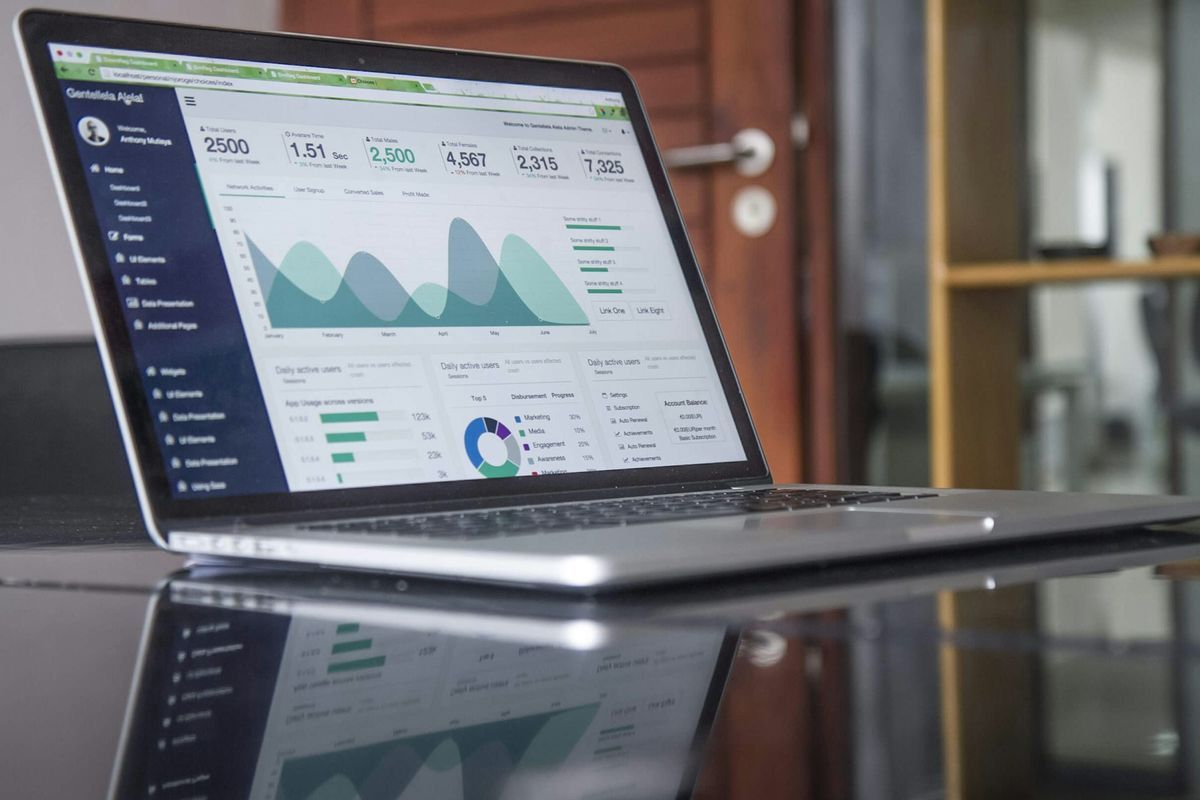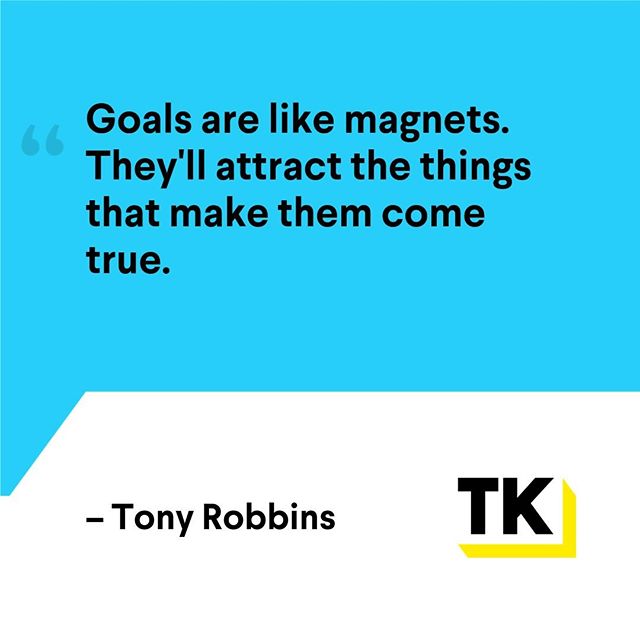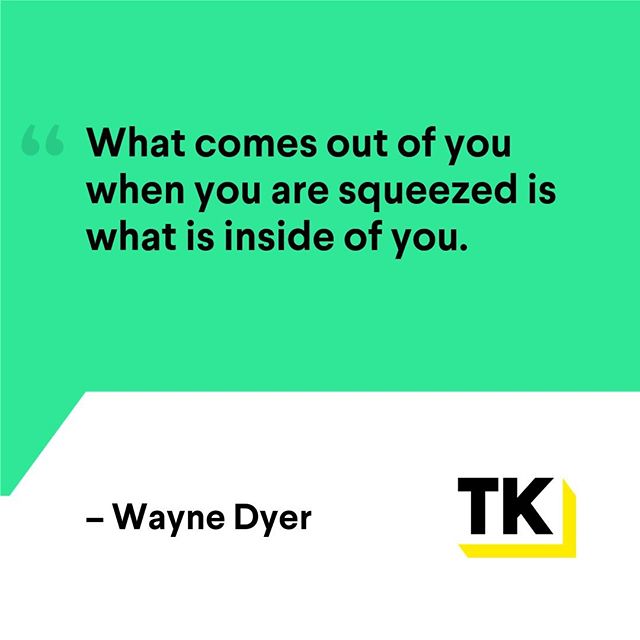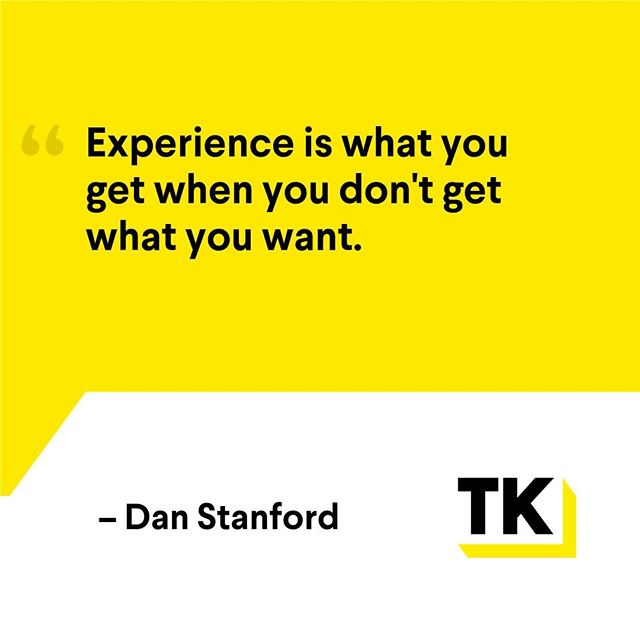If you’re building out a strategy model for your B2B SaaS business, one of the biggest decisions you have to make is which growth engine to follow: Product-led vs. Sales-led growth.
In this blog, I’ll help you decipher what the differences are between the two methods. I’ll also share the three principles I follow when picking the best model for you and your business.
What is PLG?
Product-led growth (PLG) is a business growth strategy where your product itself serves as the primary driver of customer acquisition, retention, and expansion. PLG involves designing your SaaS product to encourage self-service engagement among your users.
When you follow a PLG model, your priorities fall under delivering a seamless user experience, providing value upfront, and empowering your users to easily explore and adopt your product. When you focus on creating a product that users love and find valuable on their own, PLG can help enable your company to efficiently scale your customer base and drive sustainable growth.
Pros
Product-led growth offer several advantages for SaaS businesses. One is its ability to drive organic customer acquisition and retention. When you focus on creating a compelling product experience that users can immediately derive value from, you can reduce the reliance on costly sales and marketing efforts. This leads to lower customer acquisition costs and higher customer lifetime value (LTV).
PLG also often results in higher customer satisfaction and loyalty as users become more deeply engaged with your product. When your customers are satisfied, it increases customer retention rates and opportunities for organic expansion AKA referrals. Your best customers will introduce you to your next customers.
Cons
There are also challenges associated with product-led growth. One notable drawback is the potential complexity of measuring and optimizing key metrics. Traditional sales pipelines and conversion rates are straightforward to track, product-led metrics such as product usage, engagement, and customer satisfaction can be more nuanced and challenging to interpret.
Another challenge could be the time consuming nature of achieving product-market fit and driving user adoption. PLG also requires a significant investment upfront in product development and user onboarding efforts. While PLG can lead to rapid growth, it may not be suitable for all SaaS businesses, particularly those that require more complex sales processes.
What is SLG?
Sales-led growth (SLG) is a growth strategy that places sales efforts as the primary driver of customer acquisition and revenue growth. Your SaaS business will rely heavily on proactive sales and marketing efforts to identify and convert your ideal customers. This approach involves a more traditional top down sales process.
With SLG, your focus falls under building relationships with key decision makers within your target customers.
Pros
Sales-led growth offers several advantages, particularly in terms of direct control over customer acquisition and revenue generation. One major benefit is the ability to target more niche ideal customers through proactive sales and marketing efforts. With SLG, you can tailor your messaging and offerings to meet the unique needs of different market segments.
SLG also enables you to build strong relationships with key decision-makers within your target buyers. You foster trust and credibility, leading to higher conversion rates and long-term customer loyalty. Sales-led growth also provides more immediate feedback on market demand and customer preferences. With this immediate feedback, you’re able to adapt strategies quickly and iterate on your offerings to match changing market conditions.
Cons
One of the challenges associated with sales-led growth is the high cost of customer acquisition and retention compared to PLG. Sales-led strategies often require a high investment in sales and marketing, including hiring and training sales teams, marketing campaigns, and supporting ongoing customer relationships.
Sales-led growth can also be more difficult to scale compared to PLG. Because it relies heavily on human touch points and personalized interactions, it may take longer for your business to close deals.
Product-Led vs. Sales-Led Growth
As you’re working on growing your SaaS business and Go-To-Market strategy, you are presented with these two wildly different sales models. The growth engine you decide to go after actually dictates a lot more than you think, and doubling down on one of them can help you grow your company a lot faster.
Here are my three principles to deciding which model works best for you.
Principle 1: Ah-Ha Moment
If you are confident that your users can go through your product themselves and reach an “Ah-Ha” moment, you’ll want to go after a PLG engine. But, what is an “Ah-Ha” moment?
The “Ah-Ha” refers to the pivotal moment when your user goes through your product independently and experiences a profound understanding of its value. It’s the moment when everything clicks, and your user realizes how your product can solve their specific problem or fulfill a need in their life.
This turning point moment is crucial when it comes to being product-led. Identifying and optimizing for the “Ah-Ha” moment is super important for SaaS businesses following the PLG approach. If your product helps users understand the value by itself, then you should choose PLG for your business.
Principle 2: Competitive Analysis
If you are in a highly competitive or well-defined category, just getting your users to an “Ah-Ha” moment won’t help them make a buying decision. When the market is crowded, users have a long list they consider when making their buying decision. Features and benefits won’t really help differentiate you from the rest, especially when all the other products offer the same or similar things.
In this case, it’s all about the unique relationship and trust you build. So, you may want to opt for a sales-led growth engine.
Because you are in a highly competitive space, your ideal customers will want to talk to a human sales rep. They’ll want to understand if you are the right strategic choice for them. What you want to spend time and money on, is a very well-defined sales process and a smart sales force that can educate buyers, build their trust, and get them into the sales funnel.
Principle 3: Ideal Customer Profile
Understanding your Ideal Customer Profile (ICP) is extremely important in determining which growth engine is best suited for your SaaS business. If your ICP consists of users who prefer self-service interactions and can easily navigate through your product independently, then a product-led approach may be more effective. On the other hand, if your ICP prefers personalized guidance to fully understand your product’s benefits and features, then a sales-led approach might be more appropriate.
When you align your growth strategy with the preferences and behaviors of your ideal customers, you can maximize the effectiveness of your efforts and accelerate your business’ growth trajectory. As you regularly revisit and refine your ideal customer, you can ensure that your growth strategy remains tailored. As you iterate your ICP, your growth engine may change as well.
In Conclusion
Deciding between product-led growth and sales-led growth is an important decision for any B2B SaaS business. It shapes the trajectory of growth for your company and your overall GTM strategy. When you understand the nuances and implications of each approach, you’re able to make better decisions for your specific business.
If you’re a SaaS Founder and would like more guidance on how to create a product-led go-to-market strategy or a sales-led go-to-market strategy, and want a step by step framework to follow, grab a complimentary copy of my 5-Point SaaS Growth Strategy Guide.












